It’s a common question from end-users: “Why does my electric toothbrush only vibrate but not oscillate?” For oral care brands, this isn’t just a customer service issue—it’s a potential product quality and design challenge. Understanding the motor oscillation problem and how it relates to Electric toothbrush Quality Manufacturing is key for OEM brands seeking reliable suppliers and factories. This blog will break down the electric toothbrush oscillation problem, explore possible causes, and highlight how working with an experienced OEM manufacturer can prevent such issues.
Electric toothbrushes operate using two main motion mechanisms:
Vibration: High-frequency linear movement, often found in sonic toothbrushes.
Oscillation: Rotating or pivoting brush head motion, common in oscillating-rotating toothbrush models.
When a toothbrush only vibrate but fails to oscillate, it points to a motor oscillation problem or a mechanical transmission fault inside the brush.
If your toothbrush exhibits this issue, possible reasons include:
Worn or damaged gear components: The gear that transfers motor motion to the brush head may be stripped or misaligned.
Motor misalignment: Poor assembly or defective motor housing can prevent proper oscillation.
Electronic control board issues: Faulty PCB or low voltage output can limit motion type.
Low-quality materials: Using substandard parts during production can lead to premature failure.
For brands, this underlines the importance of strict Electric toothbrush Quality Manufacturing standards at the OEM stage.
While end-users may simply replace their brush, brands and OEM buyers should treat the electric toothbrush oscillation problem as a diagnostic opportunity. Toothbrush troubleshooting OEM steps can include:
Requesting detailed failure reports from the factory.
Analyzing returned products for mechanical or electronic defects.
Running vibration and oscillation performance tests before shipping.
Conducting lifecycle stress testing during development.
An OEM partner with in-house testing facilities can help detect and fix such problems before they reach the market.
Brands can minimize risks by partnering with manufacturers who:
Use precision gear systems and durable materials for motion components.
Implement strict quality control at every stage of assembly.
Perform 100% functional testing for vibration and oscillation modes before packing.
Offer custom motor design to match brand performance requirements.
This is where Electric toothbrush Quality Manufacturing becomes a brand’s competitive advantage.
-300x300.jpg)
A toothbrush only vibrate but does not oscillate isn’t just a user frustration—it’s a sign of deeper motor oscillation problem risks in the supply chain. Brands looking to launch or scale their electric toothbrush product line should choose an OEM that prioritizes robust design, rigorous testing, and high manufacturing standards.
By working with a proven manufacturing partner like Powsmart, you not only solve the electric toothbrush oscillation problem but also build long-term trust in your brand.https://www.powsmart.com/

How to choose a reliable electric toothbrush factory?
.jpg)
Electric Toothbrush Troubleshooting Flowchart: A Practical OEM Guide for Brands

Why Is a Dental Recommended Brush with BPA-Free Brush Heads Safer?
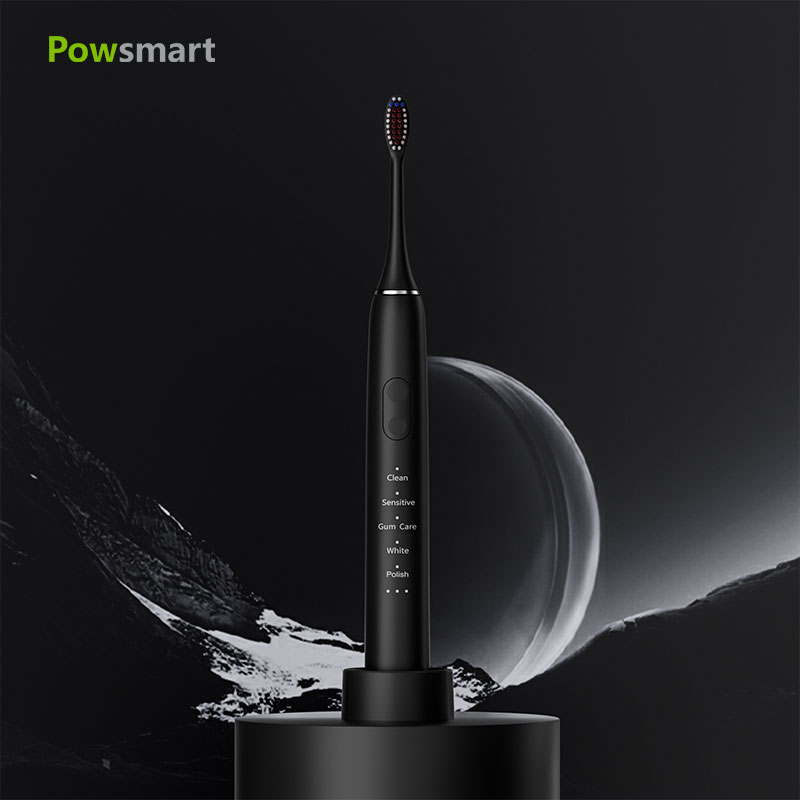
Contact Charging vs. Induction: Best Electric Toothbrush Charging Method Options
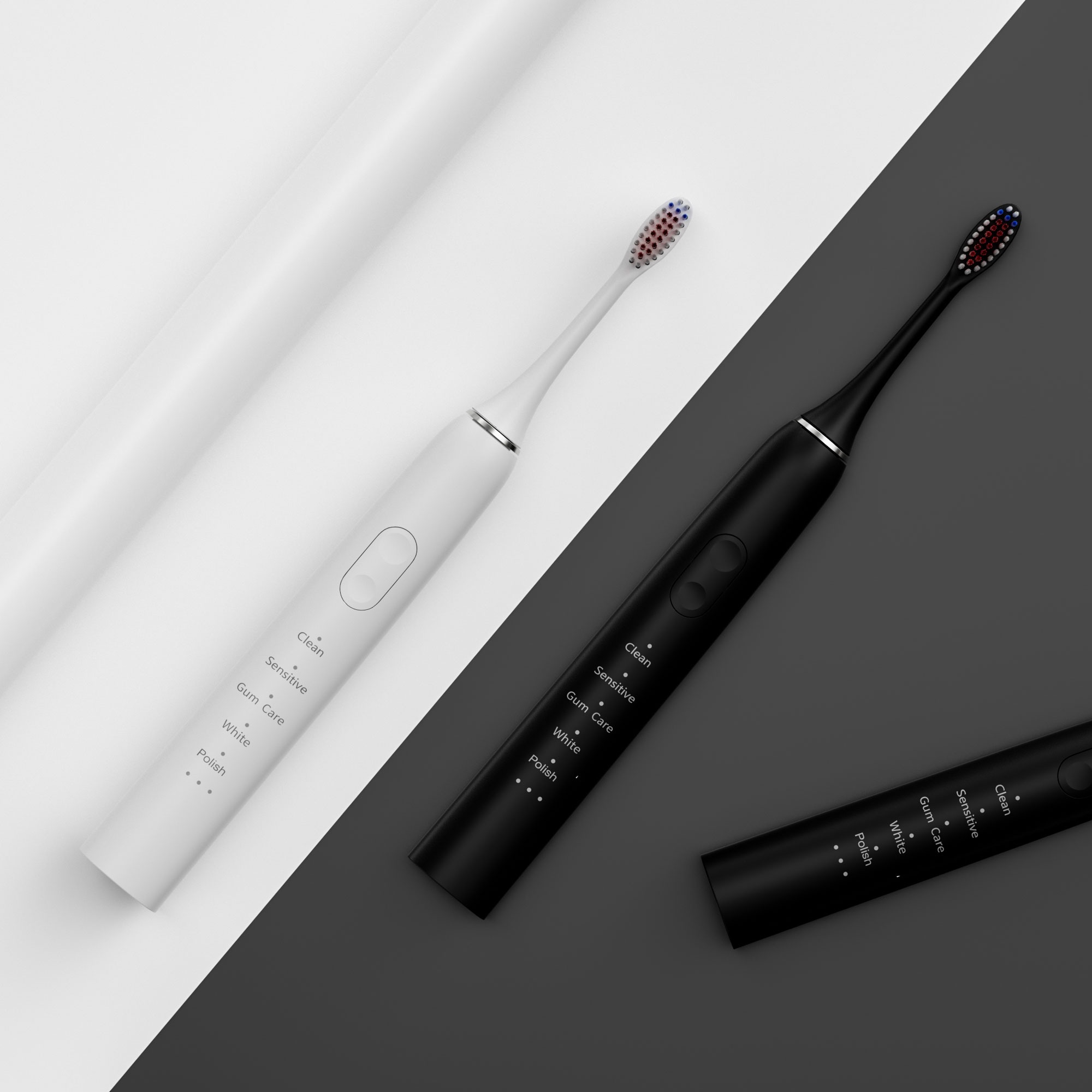
What types of batteries are currently available for electric toothbrushes?

Top 10 California electric toothbrush factory for OEM/ODM Services
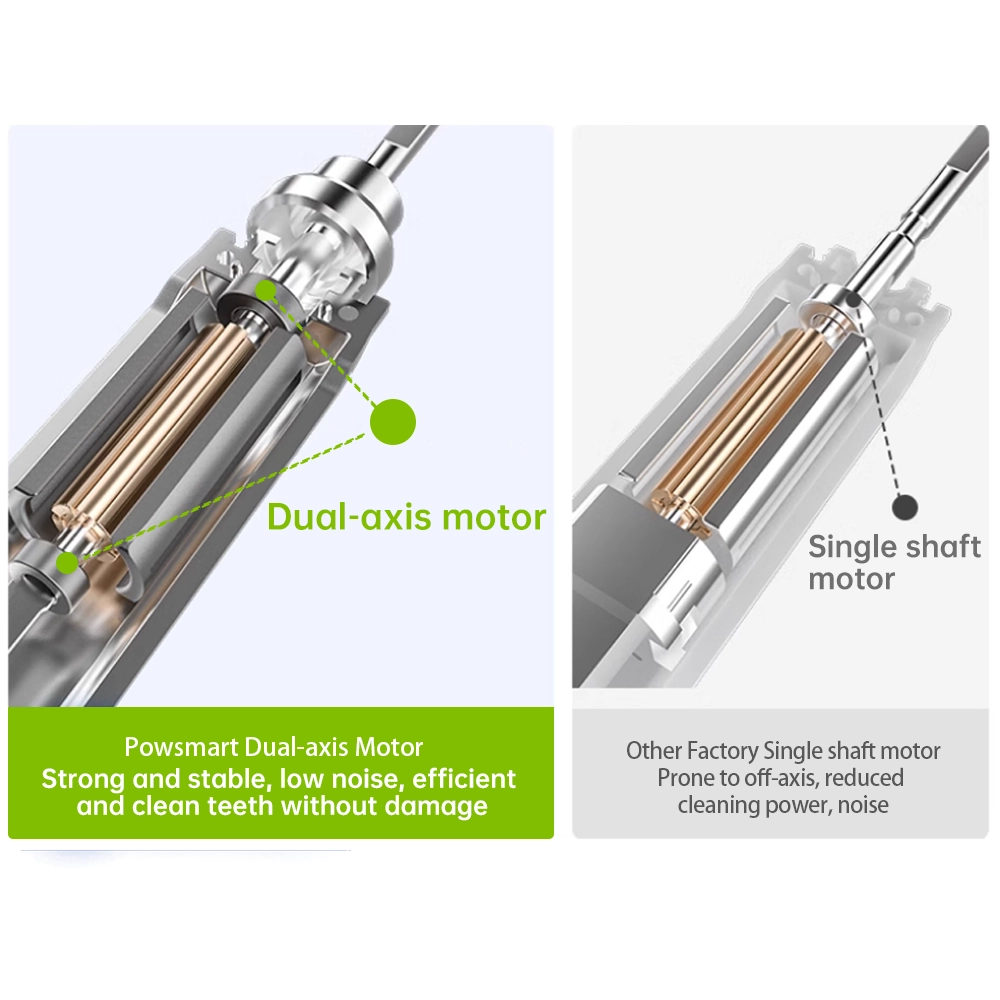
Electric Toothbrush Motor Failure: Common Causes & Solutions
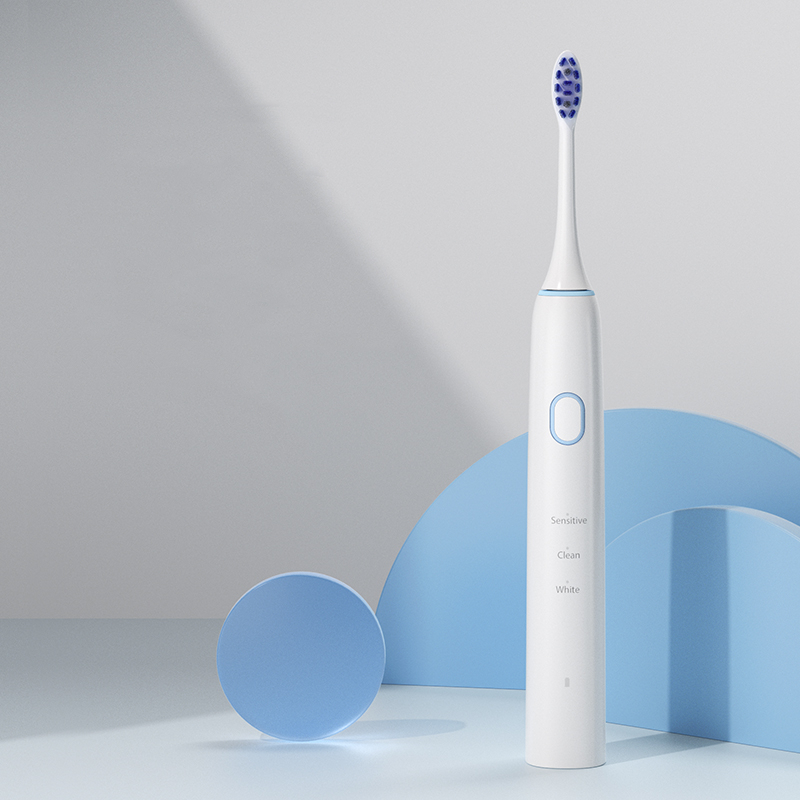
Budget electric brush OEM Manufacturers in Los Angeles

California Teeth Whitening Electric Toothbrush Manufacturers
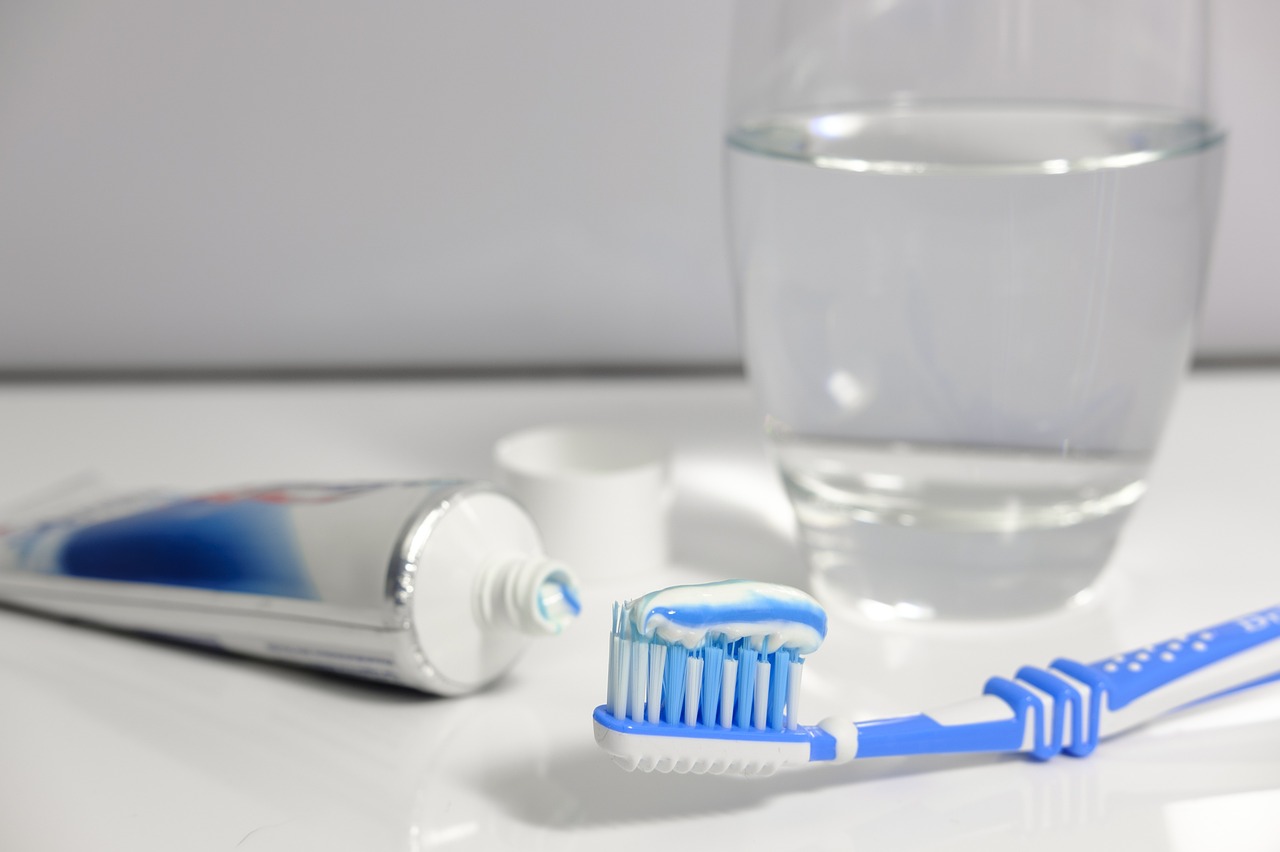
How to Make Your Own Electric Toothbrush
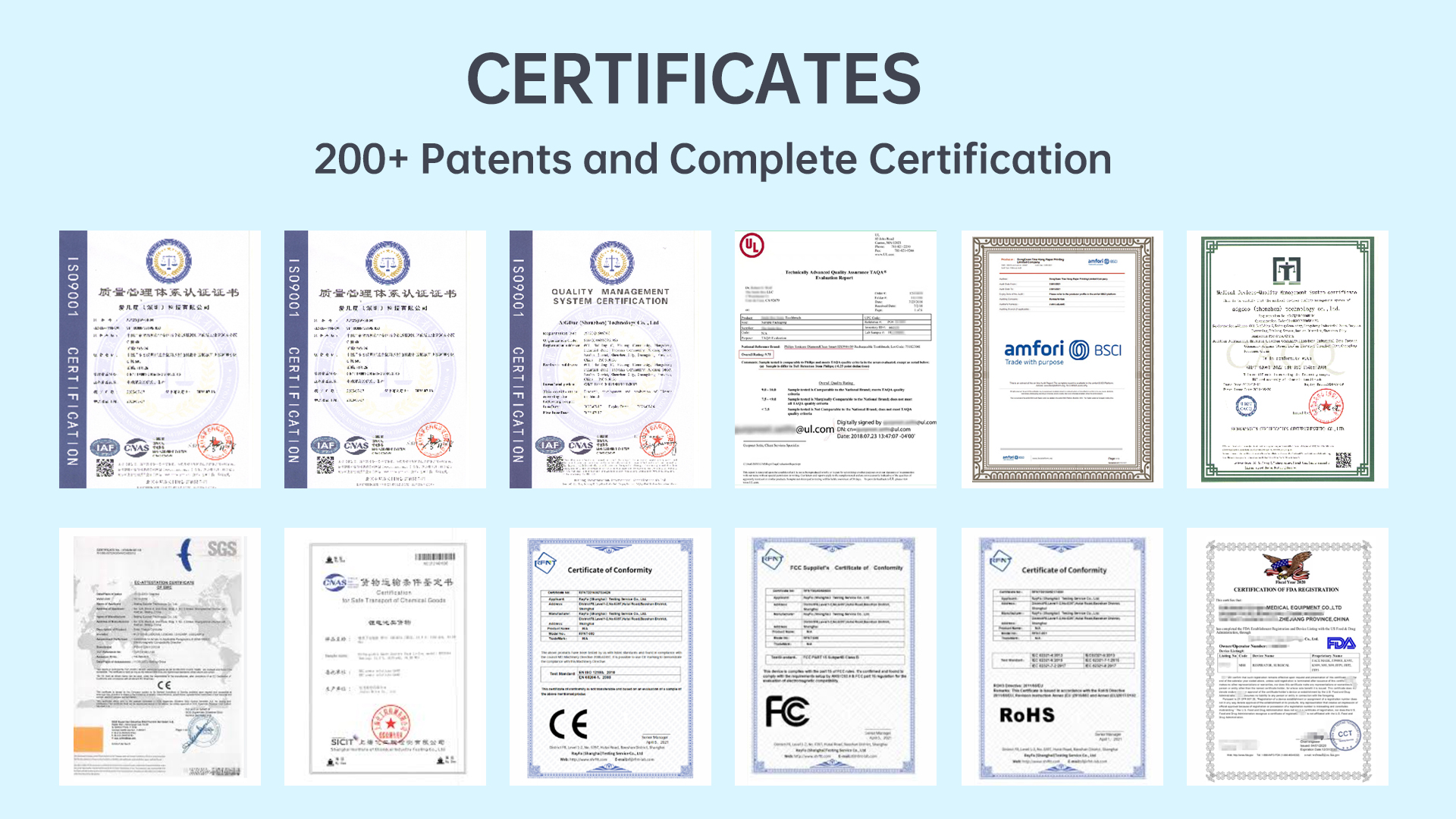
How to Choose a Reliable Electric Toothbrush OEM Factory and Build Long-Lasting Product Lines?

What is the Electric Toothbrush Market Forecast?
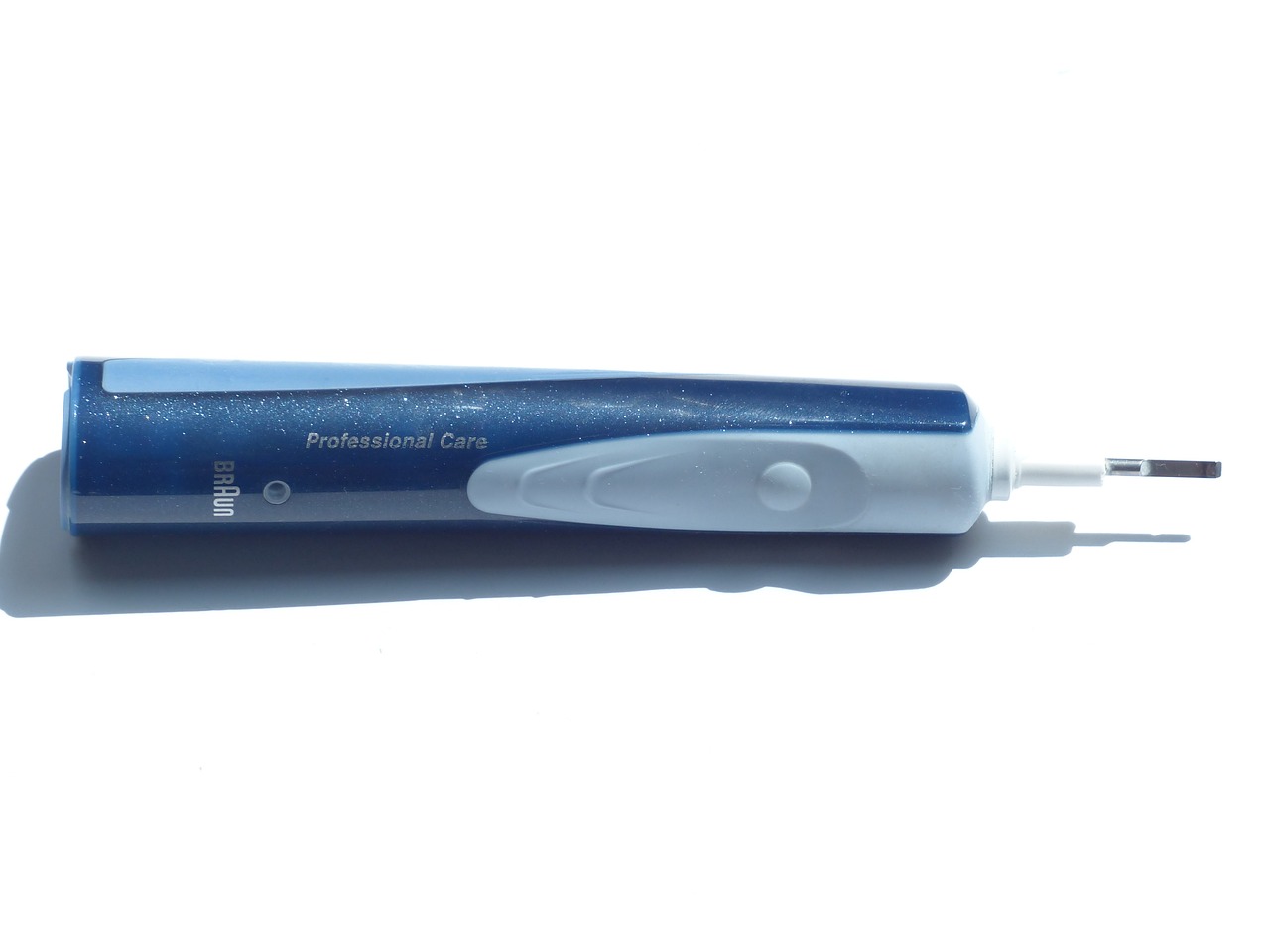
7 Reasons to Start Your Electric Toothbrush Business in 2023

How Does a Polishing Brush Head Enable Enamel-Safe Whitening?
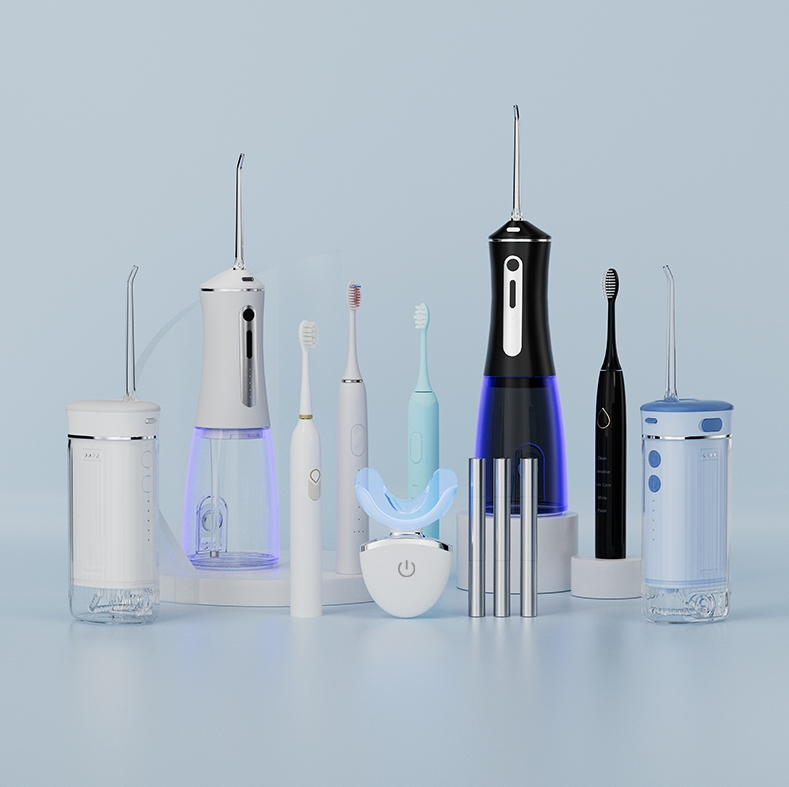
Guide for Oral Care Brands Seeking San Diego Water Flosser & Toothbrush Combo Custom Kits Suppliers
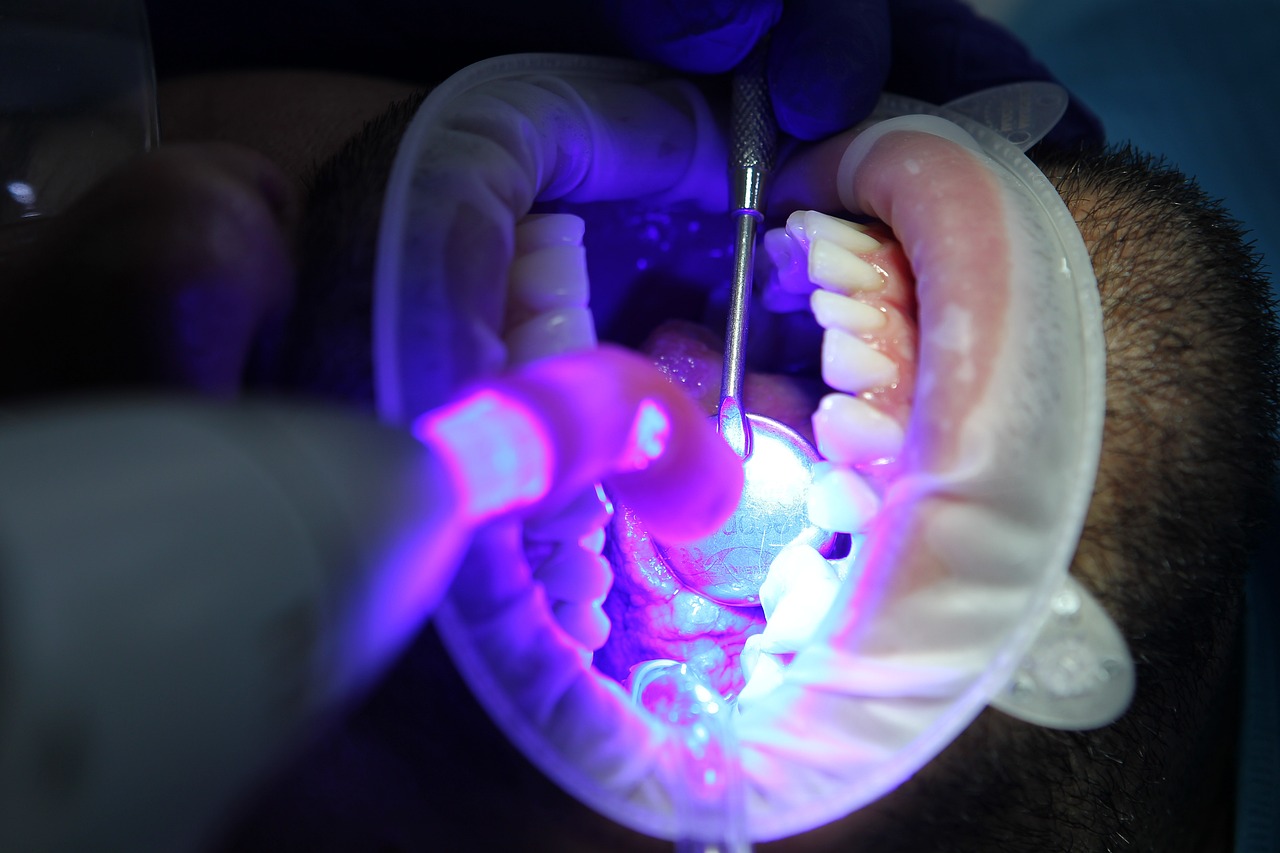
How to Start a Teeth Whitening Business

Private Label Whitening Gel

Electric toothbrush heads Charcoal Infused-Diamond

electric toothbrush heads Ultra Soft
.jpg)
Florida Electric Toothbrush – Powsmart PTR-C8

electric toothbrush heads Charcoal Infuse-Round

electric toothbrush heads Deep Clean

electric toothbrush heads Regular Clean

Customization Teeth Whitening Gel
whstapp
whstapp
National Toll-Free Service Hotline
+86 755 86238638